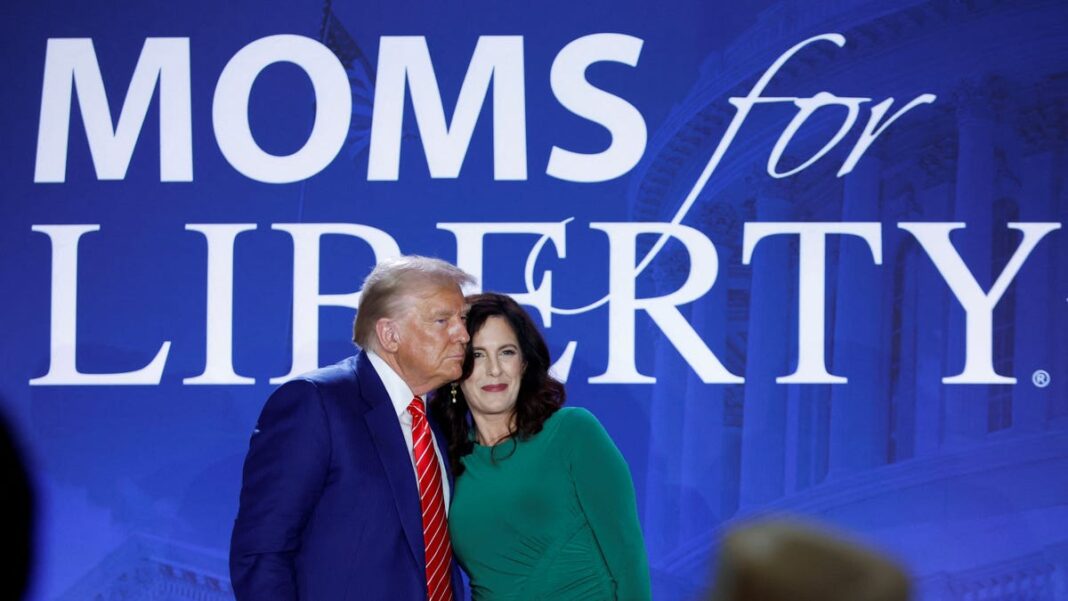Trump’s Plan to Eliminate the Education Department Faces Challenges
Key insights on the U.S. Department of Education and the potential hurdles of Trump’s proposal to dismantle it.
WASHINGTON – As he campaigns for a return to the White House, President-elect Donald Trump has consistently pledged to “eliminate” the U.S. Department of Education.
“We want federal education funds to follow the student and not support a bloated bureaucracy in Washington,” he commented in October. “We aim to close the federal Department of Education.”
However, making this promise a reality is more complicated than it seems. Shutting down an agency that allocates billions in funding annually for low-income public schools and assists millions of Americans with college expenses would likely require bipartisan support from Democrats in Congress, who are strongly opposed to this plan.
Even among Republicans, there is not a unified stance. Some party members believe it would be better to keep the Education Department functional, as it could be essential for advancing Trump’s educational policies.
While the feasibility of Trump’s statements is uncertain, here are four important points about the Department of Education:
Ensuring Compliance with Federal Education Laws
The rationale behind Trump’s commitment to abolish the Education Department stems from his belief that education responsibilities should return to individual states.
However, K-12 education is predominantly managed at the state and local levels. Public schools are overseen by local boards and acquire most of their funding from state budgets and local taxes, mainly property taxes.
Nevertheless, the federal government contributes about 10% of public school funding, which, although a smaller share, is still crucial for school finances. To receive these federal funds, schools must adhere to federal regulations.
This is where the Education Department plays a vital role. Established as a cabinet-level entity in 1979 with thousands of employees, it operates from the nation’s capital and includes regional offices across the country. It creates guidelines that help implement laws passed by Congress.
To maintain eligibility for federal funds, schools must comply with these regulations, which protect against discrimination and ensure adequate education for students with disabilities, among other protections.
Overseeing Higher Education and Student Aid
The Education Department also regulates colleges and universities in the U.S., with almost all institutions receiving federal aid.
Students applying for financial aid must complete the Free Application for Federal Student Aid (FAFSA), which is managed by the Education Department. This department also oversees federal Pell Grants, which provide financial assistance to low-income students, as well as the nation’s nearly $2 trillion federal student loan portfolio.
In essence, the department plays a crucial role in helping students afford higher education, with much of its funding contingent upon institutions demonstrating their effectiveness.
The Need for Bipartisan Support in Abolishing the Department
Abolishing the Education Department as proposed by Trump and other newly-elected Republican lawmakers would necessitate congressional approval.
Even though Republicans are anticipated to hold a majority in both chambers, successfully passing such legislation would require some Democratic cooperation, as Senate rules mandate a 60-vote majority for most bills, representing a significant obstacle for Trump to fulfill his commitment, according to experts.
A contentious conservative initiative, known as Project 2025, suggests dividing the offices within the Education Department and redistributing its functions to other federal agencies. However, it is unclear if Trump supports this specific approach, as he has distanced himself from Project 2025 altogether and has not presented a clear plan for dismantling the department.
Michael Itzkowitz, who worked for the Education Department under Obama, believes the department is unlikely to disappear during Trump’s potential second term.
“It’s more likely they will seek to reduce certain programs they oppose,” he stated.
Job Security Concerns Among Federal Employees
Regardless of whether the department endures another four-year term, many employees are already feeling anxious about the implications of Trump’s upcoming presidency. This anxiety reflects a broader concern among federal workers who may face job instability if Trump follows through with his plans to reduce the so-called “deep state.”
Jared Bass, a senior vice president at the liberal think tank the Center for American Progress, expressed concern about a potential “exodus” of civil servants who typically continue their roles independent of the administration’s political alignment.
“They aren’t motivated by political agendas,” he noted. “Completely shuttering the Department of Education would require drastic measures when targeted adjustments could address the challenges we face.”

